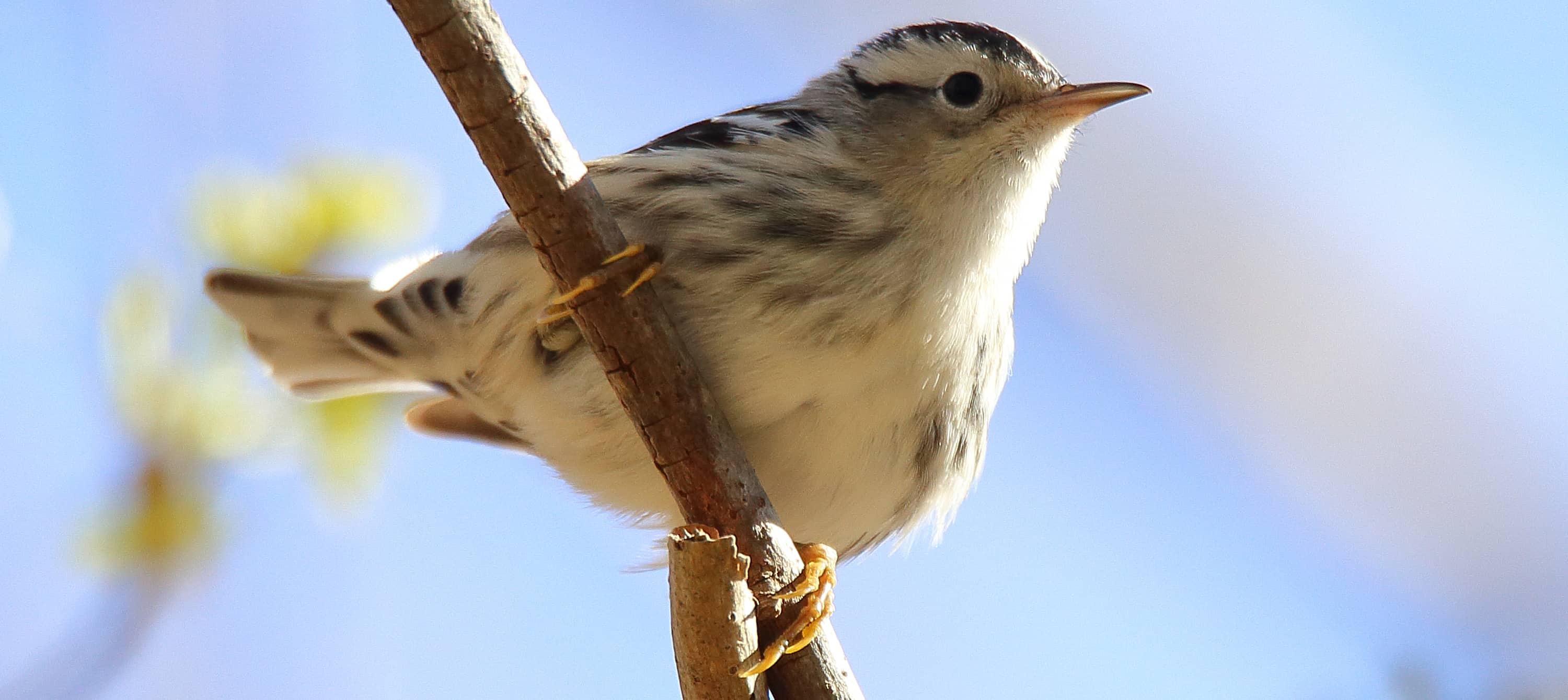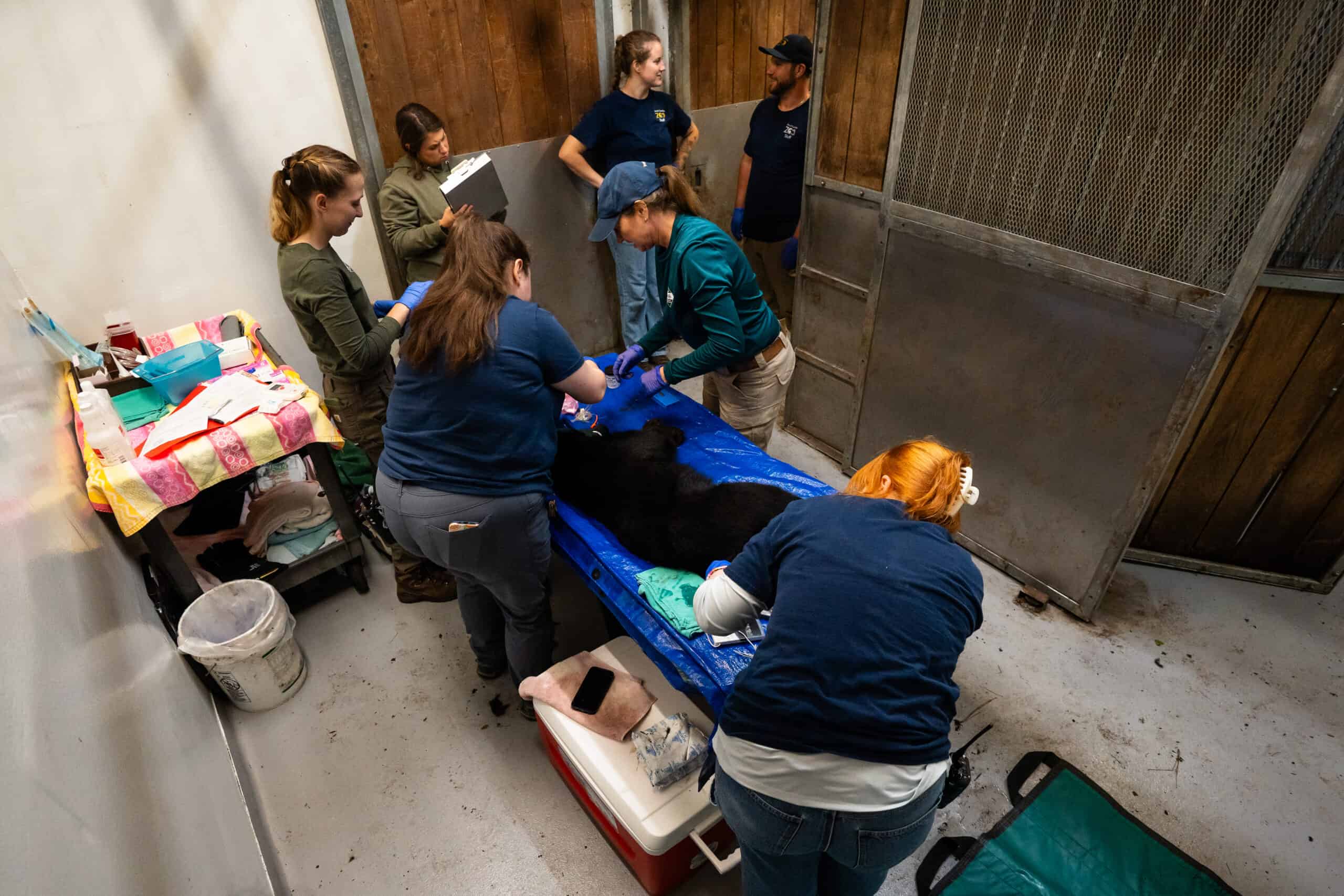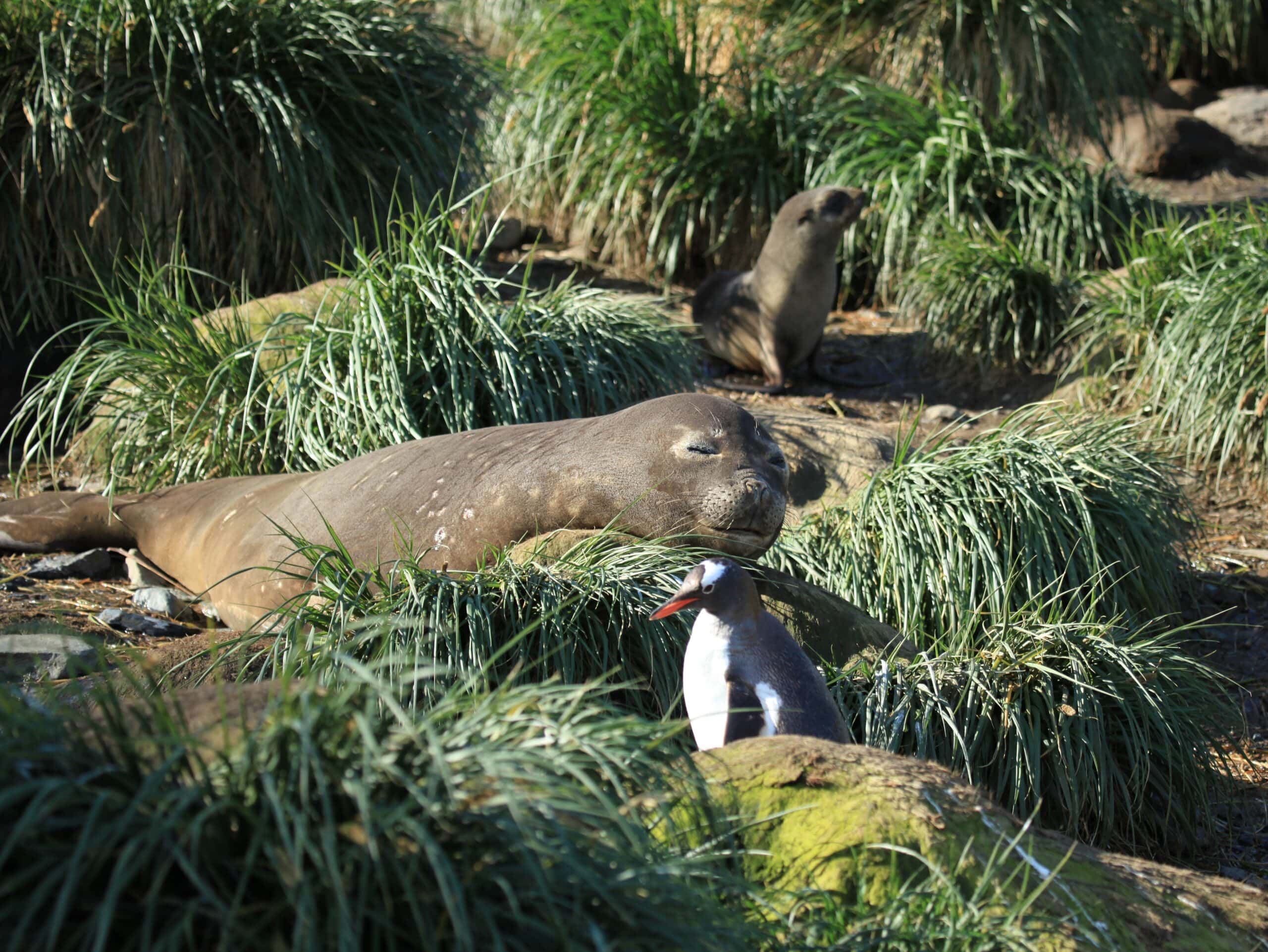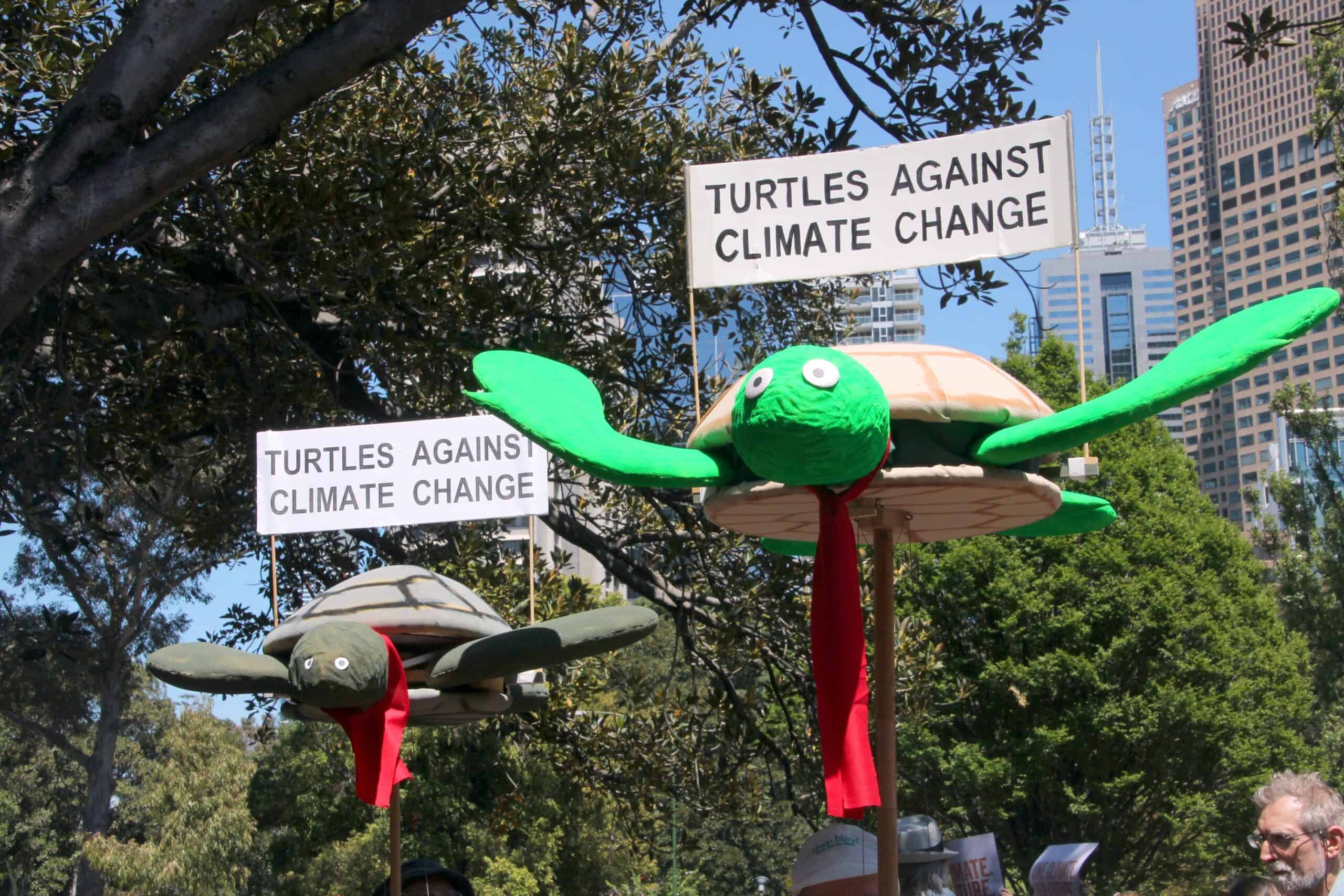Share this article
Unpredictable climate impacts may await migrating birds
Looking toward the future, researchers found migrating birds in the Western Hemisphere will likely face challenges as a result of a changing climate in the next 40 to 50 years, but the exact implications are hard to predict.
“Even small changes in climate within specific regions of the globe can generation conditions that are very novel,” said research ecologist Frank La Sorte, the lead author of a study published in Ecography that looked at when in the next century climate changes would impact different groups of migrating birds, and when in their migration cycle they would be most affected.
Current ecological projections are unreliable, La Sorte said. Scientists cannot accurately predict how birds or other species may respond to new climate conditions. The study looked at when those changes — whatever they are — are likely to adversely affect migratory bird populations.
In the study, La Sorte and his colleagues collected data on 77 North American bird species from 2004 to 2016 using eBird, a large citizen science project, to determine the uncertainty regarding how birds and their ecosystems will respond to climate. They used climate data from the International Panel on Climate Change and the National Oceanic and Atmospheric Association to look at a worst-case scenario of climate change over the next 60 years. They determined where there would be “novel” climates — or changes in climate that differed from regional norms.
They predicted that in the second half of this century, migrants that winter in the tropics will experience novel climates on their winter grounds, affecting habitat and food resources. “In the tropics, they’re going to face significant challenges,” La Sorte said. “In addition to changes in human land use, they will face climates that have not historically existed in those regions.”
During the same period, the team predicted, they will also see changes during the second half of the breeding season in North America, a critical time when juvenile birds are fledging and adult and juvenile birds are preparing to migrate. “To be able to migrate successfully, they have to be able to build up energy reserves,” La Sorte said. “If the ecosystem is under stress, it might be challenging getting those resources to fledge and migrate, especially for young birds who migratory behavior tend to be more erratic and less efficient during their first migratory journey.”
In the first half of the next century, the team predicted, novel climates will emerge for birds that winter in the southern United States. By the middle of the next century, migratory birds will face novel climates throughout their annual life cycles.
The changes are coming surprisingly soon, La Sorte said.
“The thing I usually argue for is to give these species as many options as possible,” he said. “It’s very difficult to predict exactly what’s going to happen. Maintaining a network of intact habitat across broad regions is critical.”
Header Image: Migrating bird species such as the black and white warbler (Mniotilta varia) are predicted to face significant habitat and resource changes as a result of climate change later this century. ©Scott Heron








